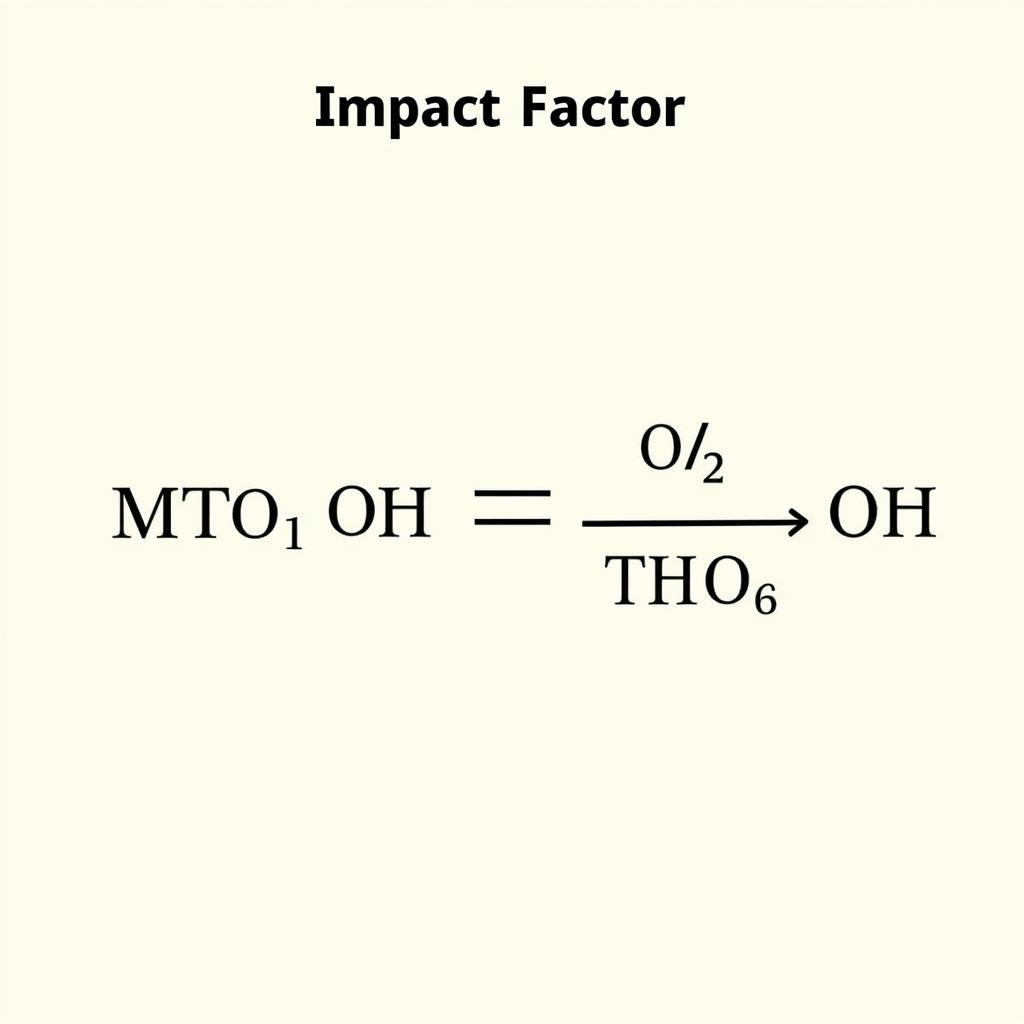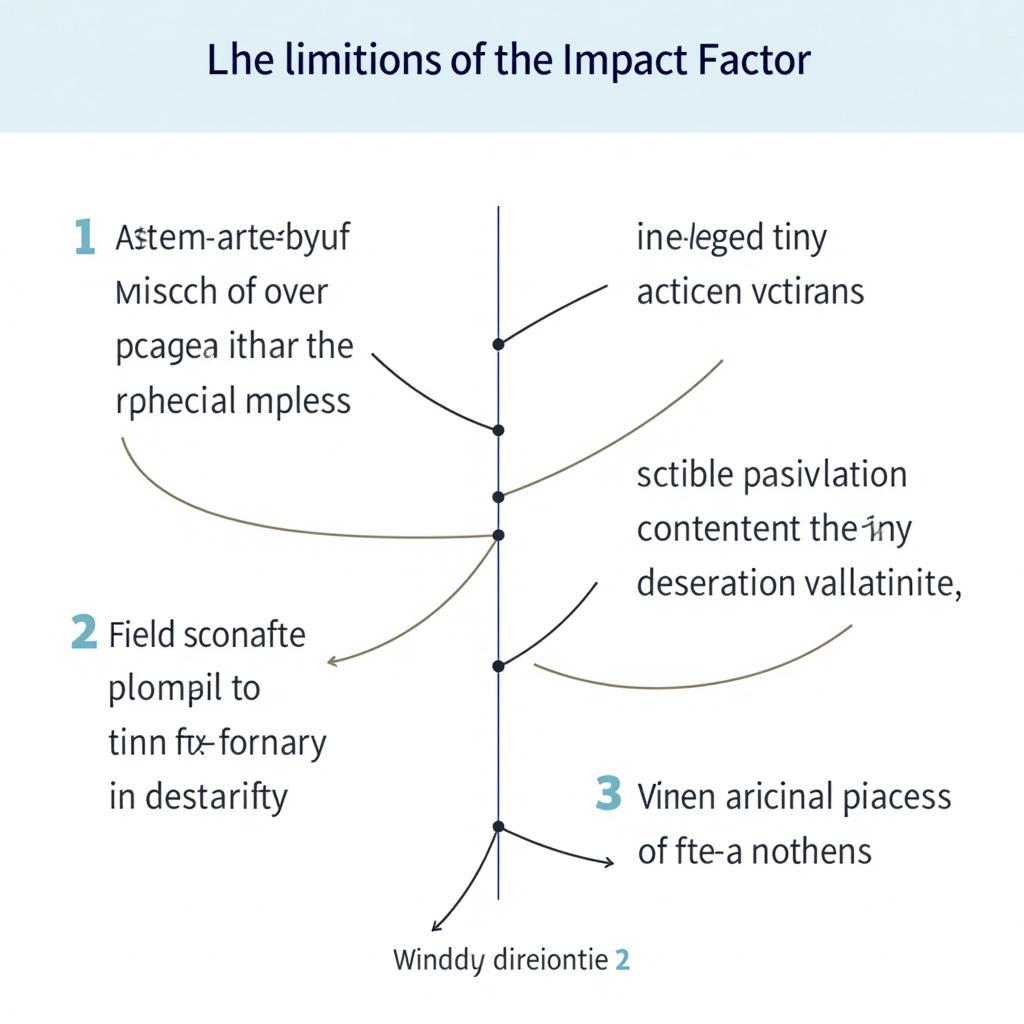The Journal of the Electrochemical Society impact factor is a key metric reflecting its influence within the scientific community. This article will delve into the impact factor, its calculation, and its significance, offering a comprehensive understanding of its role in electrochemical research. We aim to explore the various facets of this important metric and its implications for researchers and the field as a whole.
What is the Impact Factor of the Journal of the Electrochemical Society?
The impact factor is a widely used metric that quantifies the average number of citations received by articles published in a specific academic journal during a particular timeframe, typically two years. It serves as an indicator of the journal’s relative importance and influence within its field. Understanding the impact factor of the Journal of the Electrochemical Society is crucial for researchers seeking to publish their work and for evaluating the significance of published research in electrochemistry.
How is the Impact Factor Calculated?
The calculation of the impact factor is relatively straightforward. It’s determined by dividing the total number of citations received by articles published in a journal during the two preceding years by the total number of citable articles published in that same journal during the same two-year period. For instance, if the Journal of the Electrochemical Society published 100 articles in 2021 and 2022, and these articles received 500 citations in 2023, the impact factor for 2023 would be 5.
 Journal Electrochemical Society Impact Factor Calculation
Journal Electrochemical Society Impact Factor Calculation
Why is the Impact Factor Important?
The impact factor holds significant weight in academia for several reasons. It’s often used as a benchmark for evaluating the quality and prestige of a journal. Researchers frequently consider the impact factor when deciding where to submit their manuscripts, as publication in high-impact journals can enhance their career prospects. Funding agencies and institutions may also use the impact factor as a criterion for assessing research output and allocating resources. However, it’s important to note that the impact factor isn’t without its limitations. It doesn’t reflect the quality of individual articles and can be influenced by various factors, including the size and scope of the field.
Limitations of the Impact Factor
While valuable, the impact factor of journal of electrochemical society should be interpreted cautiously. The metric can be influenced by factors unrelated to research quality, such as review articles, which tend to garner more citations. Furthermore, the impact factor varies across disciplines, making comparisons between journals in different fields misleading.
 Impact Factor Limitations and Considerations
Impact Factor Limitations and Considerations
The Impact Factor and the Journal of the Electrochemical Society
The journal of the electrochemical society impact factor reflects its position within the field of electrochemistry. While the specific value fluctuates, it consistently indicates the journal’s importance in disseminating high-quality research. For researchers in electrochemistry, understanding the journal’s impact factor and its implications is crucial for navigating the publication landscape and contributing to the advancement of the field.
The Future of the Impact Factor
The use and interpretation of the impact factor continue to evolve. Alternative metrics are emerging, offering more nuanced perspectives on research impact. These include article-level metrics, such as citation counts and online views, which provide a more granular assessment of individual research outputs. As the scholarly communication landscape continues to change, it’s likely that the impact factor will remain an important, albeit imperfect, indicator of journal influence.
Conclusion
The Journal of the Electrochemical Society impact factor is a vital metric reflecting its standing within the scientific community. By understanding its calculation, significance, and limitations, researchers can make informed decisions about publishing and evaluating research in electrochemistry. While the impact factor has its drawbacks, it remains a key indicator of a journal’s influence, particularly the Journal of the Electrochemical Society.
FAQ
- What is the current impact factor of the Journal of the Electrochemical Society?
- How does the impact factor compare to other journals in the field of electrochemistry?
- What are the limitations of using the impact factor as a measure of research quality?
- How does the whisky society edinburgh relate to the Journal of the Electrochemical Society?
- Are there alternative metrics to the impact factor for evaluating research impact?
- How can researchers improve the impact factor of their publications?
- What is the role of the impact factor in academic career advancement?
Need more support? Contact us 24/7 at Phone Number: 02043854663, Email: [email protected] or visit us at Address: Khu 34, Bac Giang, 260000, Vietnam.